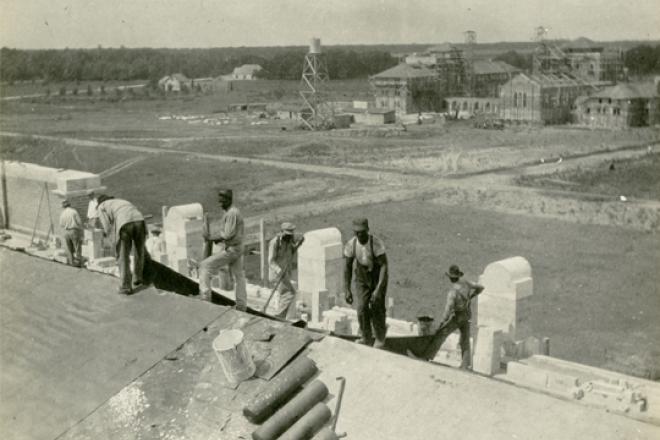Mexico City's built environment overwhelmingly embraces the human scale, so you rarely feel like you're out of place. Think about being in the Financial District of Manhattan or Center City in Philadelphia, where there is a total absence of human scale. Now think about Roscoe Village in Chicago, Columbia Heights in Washington, D.C., Bayswater in London, or the French Quarter in New Orleans; these are places that have magnificent human scale.
In Mexico City’s creative-culture epicenters San Ángel, Coyoacán (the former homes of Frida, Diego, and Trotsky), Colonia Roma, Colonia Hipódromo, and Colonia Condesa, you will be completely overtaken by a streetscape that wraps you with an embrace, an energetic bohemian culture, and some of the best food, street art, nightlife, shopping, and entertainment any city has to offer. Buildings in these neighborhoods interact beautifully with the street. Plazas serve as focal points to a rigid and porous grid system. The streetscape is vibrant and diverse, and commercial uses occupy nearly every available square foot of the ground floor. Residential units and office spaces are directly above the commercial podiums.
The most enchanting design aspect, however, are the beautifully mature trees lining the streets, which not only form a magnificent canopy, but also reinforce a sense of the human scale unrivaled anywhere else in North America.
Mexico City was once one of the three capitals of New Spain. What shows, today, are both its pre-Colombian history and the effects of modern city planning. Take, for instance, the widespread use of chamfered edges on the corners of buildings that greet the intersections. It's a simple, yet ingenious design that cuts the corner of the building by 45 degrees, creating a three-sided edge. A notable city with a similar block design is Barcelona. The chamfered edge not only allows for added visibility around corners, which is better for pedestrians, but it is safer for drivers entering the turn by creating more open space at the intersection. Occasionally, you see these cutbacks in the right-of-way being used to create miniature plazas where each of the four corners of the building sit, much like a neckdown.
This is also a city of boulevards, which occasionally create circular junctions. These grand boulevards create additional space for nodes of activity and pedestrian travel. Take, for instance, the Paseo de La Reforma, which was built in the likeness of the Champs-Élysées in the 1800s while Mexico was under Austrian rule. What you will appreciate most about this magnificent street are the multiple layers --- linear parks run intermittently between the major travel lanes and help create a beautiful air-purifying canopy above the sidewalks and shops. Also notable are the series of “feeders” on the outer edges that also contain protected bike lines. These help shuttle cyclists and accommodate turning traffic, much like Houston's on Lamar. On Sundays this entire boulevard is closed to vehicular traffic and opened up to the public --- tactical urbanism, Mexican style.
The uniformity of Mexico City, the relationship of the buildings to the street, the impeccable attention to detail leave me wondering; why have Americans overwhelmingly preferred a built environment that is programed towards automobile-dependency and isolation? Mexico City is one of the few places in the world that constantly leaves me feeling inspired each time I visit.












